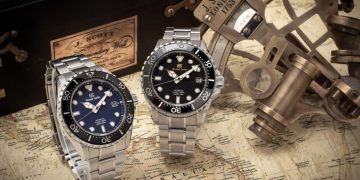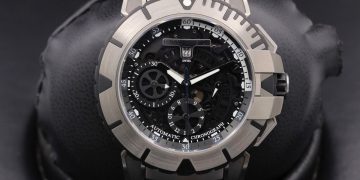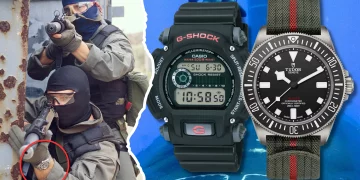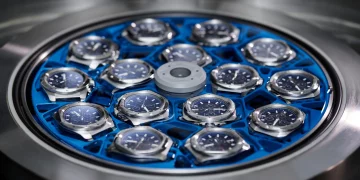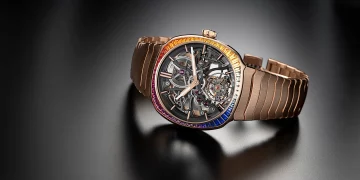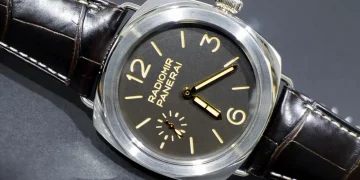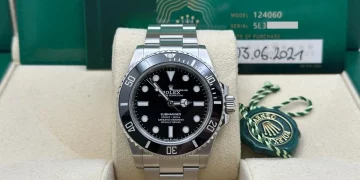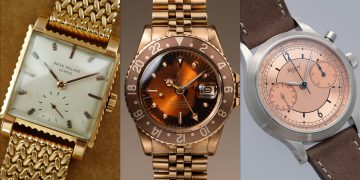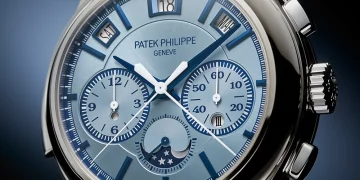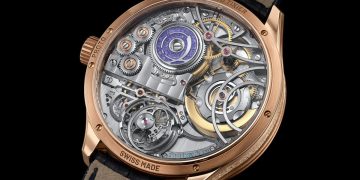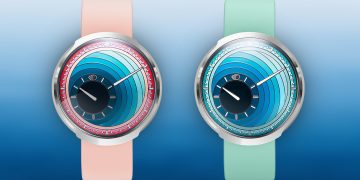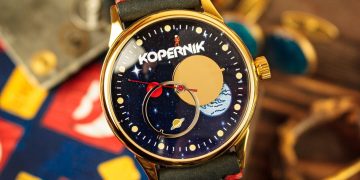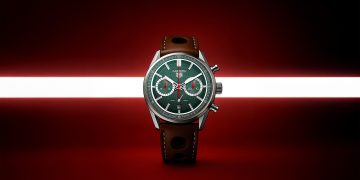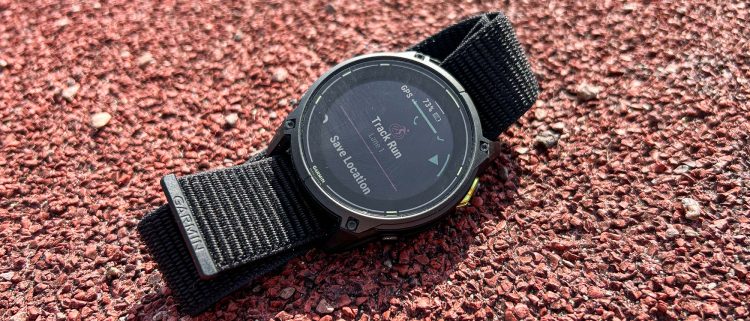Introduction: Garmin’s Impact on Wearable Tech and GPS
Garmin, founded in 1989, has evolved from a small startup focused on GPS navigation into one of the leading global brands in wearable technology, fitness tracking, and outdoor navigation. With an unmatched reputation for innovation, Garmin has built a portfolio of products that span a variety of categories, including fitness trackers, smartwatches, outdoor navigation devices, and aviation GPS systems.
While Garmin may be best known for its GPS devices, its contributions to the wearable tech industry—particularly in fitness tracking and smartwatches—are just as significant. The company has consistently pushed the boundaries of what is possible with location-based services, sensor technology, and battery efficiency, offering products designed to suit a wide range of users, from professional athletes to casual fitness enthusiasts.
This article aims to answer the central question: How has Garmin’s technology evolved, and how does it impact users in the world of fitness, outdoor adventure, and GPS navigation?
We will explore:
- The foundations of Garmin’s technology, including its GPS expertise
- How Garmin’s sensors and fitness features have revolutionized wearable devices
- Garmin’s key innovations in battery life, navigation, and health monitoring
- The user experience and technological integration within Garmin’s ecosystem
- A look at Garmin’s future and its continued influence on the wearable and GPS tech industries
1. The Evolution of Garmin: From GPS Pioneers to Wearable Tech Innovators
a. Origins in GPS Technology
Garmin’s technological journey began in the early 1980s, when Gary Burrell and Min Kao founded the company with a vision to make GPS technology more accessible to the public. The brand’s initial focus was on aviation and marine GPS systems, but Garmin’s true breakthrough came when it began integrating GPS technology into consumer devices.
- GPS Technology and its Integration: Garmin revolutionized the GPS market by making GPS technology not only more affordable but also more user-friendly. Its portable GPS devices became essential for car navigation, paving the way for the integration of GPS into smartphones, cars, and wearables.
- The Birth of Garmin Wearables: In 2003, Garmin expanded its product line by introducing the Forerunner 101, a fitness watch with built-in GPS. This was one of the first devices to integrate sport tracking with location-based services, and it laid the groundwork for the company’s future wearables.
b. Transition to Wearable Devices: The Fenix and Forerunner Series
As the wearable tech market began to grow, Garmin responded by developing products like the Forerunner and Fenix series, which would become staples for athletes, fitness enthusiasts, and outdoor adventurers.
- Forerunner Series: Introduced in 2003, the Forerunner series was designed specifically for runners and cyclists. These watches combined the core GPS features Garmin was known for with health tracking, heart rate sensors, and distance and pace tracking. Over the years, Garmin expanded the line, with models like the Forerunner 935 and Forerunner 945 offering even more sophisticated metrics for triathletes and multi-sport athletes.
- Fenix Series: The Fenix line, launched in 2012, represented Garmin’s move into the world of rugged outdoor wearables. Combining GPS navigation with advanced sensors (e.g., barometric altimeter, compass, and thermometer), the Fenix became a favorite for hikers, mountain climbers, and outdoor enthusiasts.
2. Key Technological Features in Garmin Wearables
a. GPS Technology: The Core of Garmin’s Expertise
Garmin’s dominance in the GPS and wearable markets can be attributed to its deep expertise in GPS technology. The company has pioneered innovations in location-based services, particularly with its multi-GNSS support (Global Navigation Satellite System), which includes GPS, GLONASS, and Galileo.
- Multi-GNSS Support: Garmin’s devices are capable of receiving signals from multiple satellite networks, which improves accuracy in remote areas where other GPS systems might struggle.
- High-Precision GPS: Garmin’s GPS accuracy is renowned, especially in challenging environments such as dense forests, mountainous terrain, and urban canyons. Many Garmin wearables are equipped with dual-frequency GPS, which improves positioning precision by using additional satellite signals.
- Routing and Navigation: Garmin devices are designed with turn-by-turn navigation for sports, cycling, and outdoor activities. Whether you’re following a trail or cycling in a new city, Garmin’s navigational tools help users stay on track.
b. Sensors: Advancing Fitness Tracking and Performance Metrics
One of the reasons Garmin wearables are so highly regarded by athletes is the company’s use of advanced sensors that track an array of fitness metrics. These sensors go far beyond basic heart rate monitoring and provide detailed data that athletes rely on for performance analysis.
- Heart Rate Monitoring: Garmin was one of the first brands to integrate optical heart rate sensors directly into its wearables, providing users with continuous heart rate data throughout the day and during workouts. Models like the Garmin Forerunner 945 and Fenix 6 use elevate optical heart rate sensors to measure heart rate without the need for an external chest strap.
- Pulse Oximeter and Blood Oxygen Saturation: Garmin’s wearables, such as the Fenix 6X Pro Solar and Vivoactive 4, include sensors that monitor blood oxygen levels (SpO2), a critical metric for athletes training at high altitudes and for general health monitoring.
- Barometric Altimeter: A barometric altimeter measures elevation changes, which is particularly useful for tracking elevation gain during activities like hiking, running, and climbing. This sensor is a staple feature in Garmin’s outdoor-focused devices, such as the Fenix and Instinct series.
- Accelerometer and Gyroscope: Garmin’s advanced accelerometers and gyroscopes enable precise tracking of movement, speed, and cadence during various activities like running, cycling, and swimming.
c. Battery Life: A Garmin Standout Feature
One of the most impressive technological feats Garmin has achieved is its long-lasting battery. Garmin’s wearables are known for their superior battery life, which far exceeds that of many competitors like the Apple Watch.
- Solar Charging: Many Garmin devices, such as the Fenix 6 Solar and Instinct Solar, offer solar charging capabilities, allowing the watch to stay powered longer, even when off the grid.
- Energy-Saving Modes: Garmin devices often feature battery-saving modes that reduce power consumption while still allowing users to track their activity. These modes extend battery life during long outdoor expeditions or multi-day events.
- Ultra-Long Battery Life: Garmin’s Fenix and Instinct series, especially with solar charging, can last for up to weeks on a single charge, which is ideal for adventurers or users who participate in multi-day events.
d. Health and Wellness Monitoring
Garmin’s commitment to health and wellness has made its devices more than just fitness trackers. They are comprehensive health-monitoring tools.
- Stress Monitoring: Many Garmin wearables feature stress-tracking capabilities, allowing users to monitor their heart rate variability (HRV) to assess stress levels throughout the day.
- Sleep Tracking: Garmin wearables also provide advanced sleep tracking, including sleep stages (light, deep, REM), and can even assess sleep quality based on heart rate variability and movement.
- Body Battery: Garmin introduced a unique metric called Body Battery, which measures the body’s energy reserves based on factors like sleep, activity, and stress. This feature helps users understand when they are most energized and when they should rest.

3. Garmin Ecosystem: Integration Across Devices and Platforms
a. Garmin Connect: A Central Hub for Fitness and Health Data
Garmin’s ecosystem is designed around its Garmin Connect platform, a comprehensive tool that aggregates all data collected by Garmin devices, allowing users to monitor their performance, track progress, and set new goals.
- Data Syncing: Garmin Connect provides seamless syncing across all Garmin devices, ensuring that fitness and health data are accessible on multiple devices.
- Third-Party Integrations: Garmin Connect integrates with various third-party fitness apps such as Strava, MyFitnessPal, and TrainingPeaks, allowing users to share data across platforms.
- Garmin Coach: Garmin offers training plans through the Garmin Coach feature, which provides users with personalized workouts based on their goals.
b. Multi-Sport and Outdoor Integration
Garmin has set itself apart in the wearable tech market with its emphasis on multi-sport tracking and outdoor functionality.
- Triathlon Mode: For athletes who participate in multi-sport events, Garmin’s watches feature dedicated triathlon modes that track swimming, cycling, and running in a single workout.
- Advanced Outdoor Navigation: Garmin wearables often come equipped with topographical maps, waypoint navigation, and route planning to support hiking, trail running, and climbing.
4. Garmin’s Innovation in the Future of Wearables and GPS Technology
a. The Role of Artificial Intelligence and Machine Learning
Garmin’s future technologies could incorporate AI and machine learning to provide smarter insights. By analyzing users’ activity and health data, Garmin could offer more personalized training recommendations and even predict potential health issues based on data patterns.
b. Augmented Reality (AR) Integration
Garmin could integrate AR capabilities into future wearables, potentially for navigation and training. This could provide real-time feedback during outdoor activities like hiking or cycling, allowing users to see key data points or directions overlaid on their environment.
c. Advancements in Health Sensors
As wearable health technology continues to evolve, Garmin could incorporate more advanced sensors for blood glucose monitoring, hydration levels, and mental health monitoring, offering a truly holistic approach to fitness and wellness tracking.
Conclusion: Garmin’s Technology Legacy and Future Outlook
Garmin’s technological evolution has been defined by a commitment to precision, innovation, and user-centric design. From its GPS roots to the sophisticated wearables that dominate the market today, Garmin continues to lead the way with cutting-edge features that cater to athletes, adventurers, and fitness enthusiasts alike.
As Garmin continues to innovate, its influence on the wearable tech and GPS markets will only grow, pushing the boundaries of what users can expect from their devices and offering smarter, more accurate, and durable wearables for years to come.


